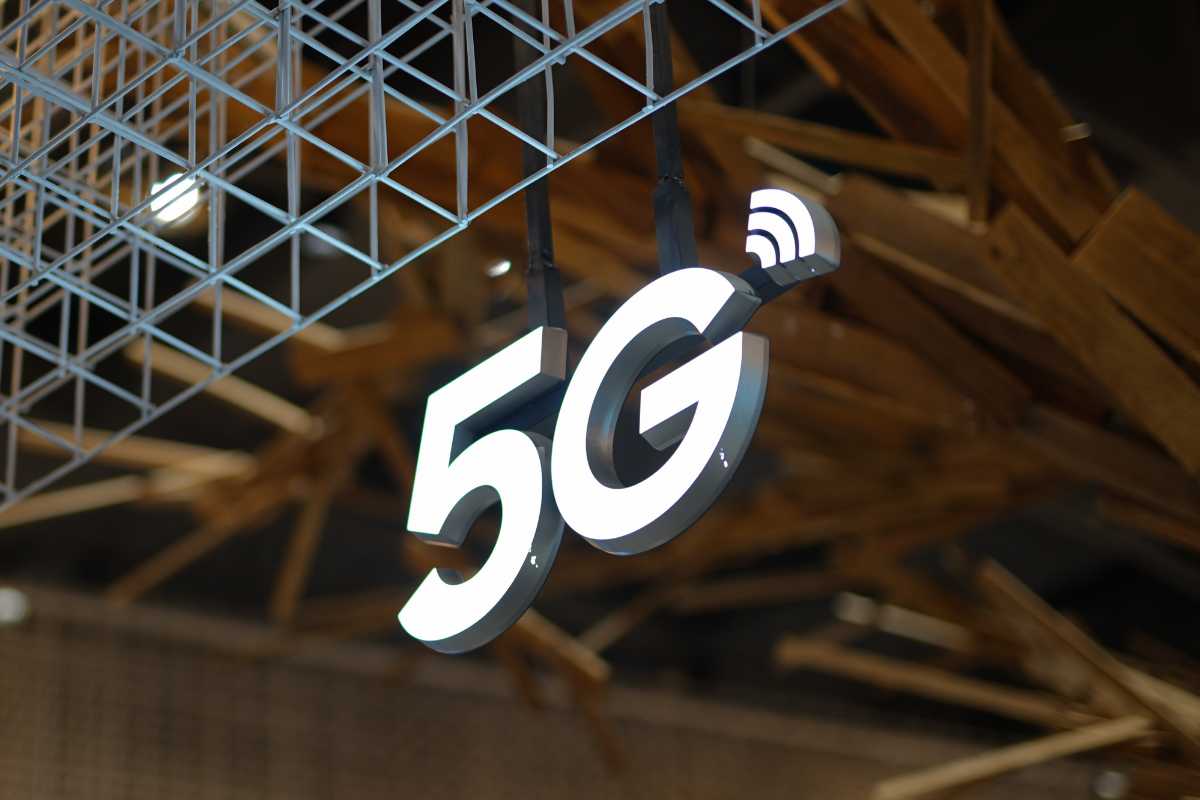
5G rollout is accelerating globally and small cells have become a primary need for operating networks with high frequencies. With small cells, the operators can deliver better coverage. In the case of high-frequencies which are used for 5G networks, the signal can be easily interrupted if there’s no micro-site or use of small cells. This isn’t an issue with low-frequency airwaves.
According to a recent Dell’Oro Group report, the use of small cells was growing faster than macro RAN (Radio Access Network) in Q1 2022. Small cell RAN revenues grew 15% YoY in the first quarter which was faster than the broader small cell plus macro-RAN market.
Small Cells Have Become a Primary Part of Broader RAN Toolkit
Stefan Pongratz, Vice President at Dell’Oro Group said that small cell investments are advancing even as the operators are intensifying their 5G macro roll out which is evidence that small cells are now an essential part of the broader RAN toolkit.
As the 5G rollout happens in more places across the globe, the need for small cells will grow even further. The report said that the top five suppliers of small cells globally were Ericsson, Nokia, ZTE, Huawei and Samsung.
Private 5G small cell investments are fairly negligible compared to the small cell investments for public 5G networks. In 2022, the global small cell revenues are on track to surpass $5 billion. The numbers are only going to grow from here as the 5G rollout is taking place gradually in different parts of the world.
In India, the Telecom Regulatory Authority of India (TRAI) is working on how to best leverage the street furniture for deploying small cells which will be very crucial for the 5G rollout. Suppliers such as Ericsson and Nokia are already working in India with the private telcos and they will definitely have an opportunity to provide small cells to Indian telcos as well.















